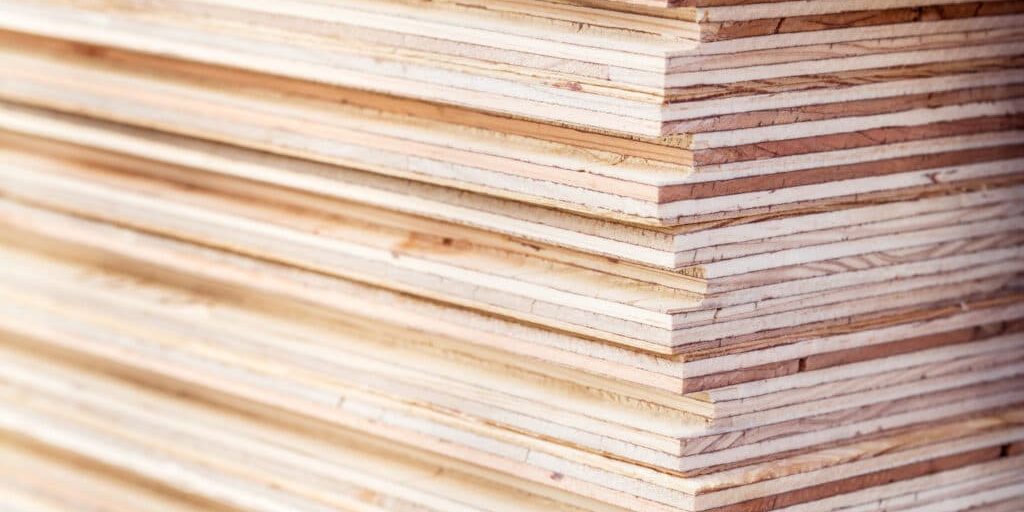Why is Plywood So Strong Compared to Other Materials?
Plywood has transformed construction and woodworking, becoming a staple in Malaysia’s wood industry. This versatile material, known for its strength and durability, often sparks comparisons with solid wood. Let’s explore what makes plywood exceptionally strong and widely favored.
What is Plywood?
Plywood is a type of engineered wood made by bonding multiple thin layers of wood veneer together with powerful adhesives. This process results in a strong, stable panel that’s ideal for construction, furniture, and a variety of woodworking projects.
Why is Plywood So Strong?
Several factors contribute to plywood’s superior strength and durability over other materials, including solid wood:
1. Flexibility
Plywood can withstand pressure better than solid wood of the same thickness. While solid wood might crack under stress, plywood bends slightly and then returns to its original shape. Its ability to distribute pressure evenly across the surface enhances its strength and stability.
2. Cross-Layered Construction
Plywood is crafted from multiple layers (or plies) of wood veneer arranged crosswise and glued together. This cross-grain structure ensures equal strength in all directions, making plywood significantly stronger than solid wood.
3. Consistent Quality Improvements
As an engineered material, plywood benefits from ongoing advancements in manufacturing techniques. Malaysian wood suppliers, including Creatimber Global Sdn Bhd, continually enhance plywood’s strength, durability, and resistance to environmental factors.
4. Fewer Defects
Natural wood often contains knots and flaws that weaken its structure. Plywood production minimizes these defects by removing or avoiding flawed areas during the veneer selection process. This ensures a more uniform and reliable product.
How is Plywood Made?
The process of creating plywood involves several precise steps:
- Log Preparation:
Logs are carefully dried and stripped of their bark. They are then peeled into thin veneers using a rotary lathe or knife. These veneers are fragile but gain strength when layered.
- Veneer Grading and Sorting:
Veneers are graded based on quality, thickness, and grain patterns. Sheets with significant defects are removed.
- Layering and Gluing:
Veneer sheets are cut to size and glued with their grains running perpendicularly. This cross-graining strengthens and stabilizes the plywood.
- Pressing Under Heat and Pressure:
The glued veneers are pressed under high heat and pressure, ensuring a durable bond between the layers.
- Finishing Touches:
Plywood sheets are sanded for smoothness, trimmed for consistency, and treated to resist moisture and rot.
- Packaging and Shipping:
Once complete, the plywood is ready for distribution.
Why Choose Malaysian Wood Suppliers for Plywood?
Malaysia is known for its rich timber resources and high-quality wood products. Creatimber Global Sdn Bhd, a leading Malaysian wood supplier, ensures top-tier plywood that meets global standards. With a focus on quality and sustainability, Creatimber continues to support construction, furniture making, and other industries with reliable wood solutions.
For more information on premium Malaysian plywood and wood products, visit Creatimber Global Sdn Bhd.




